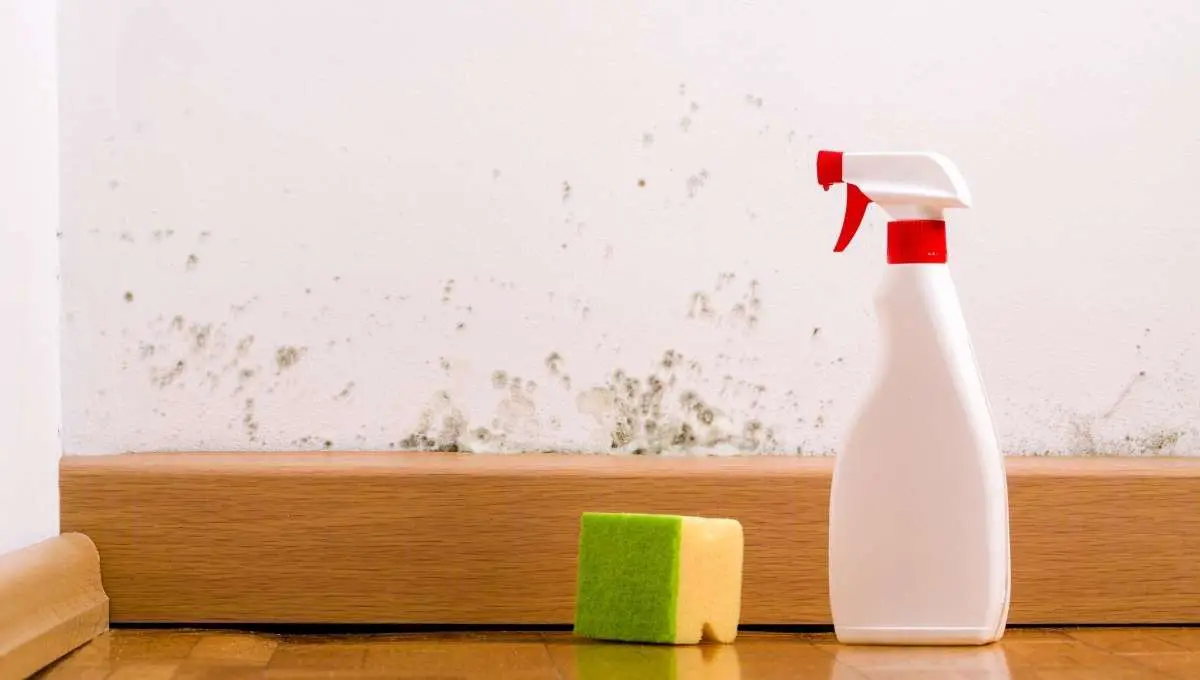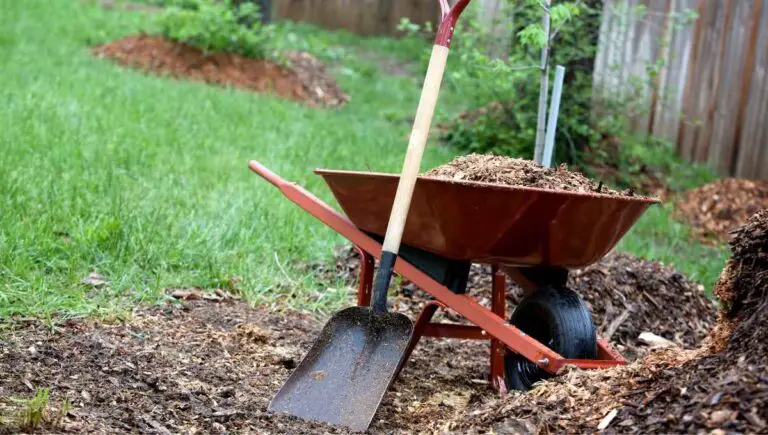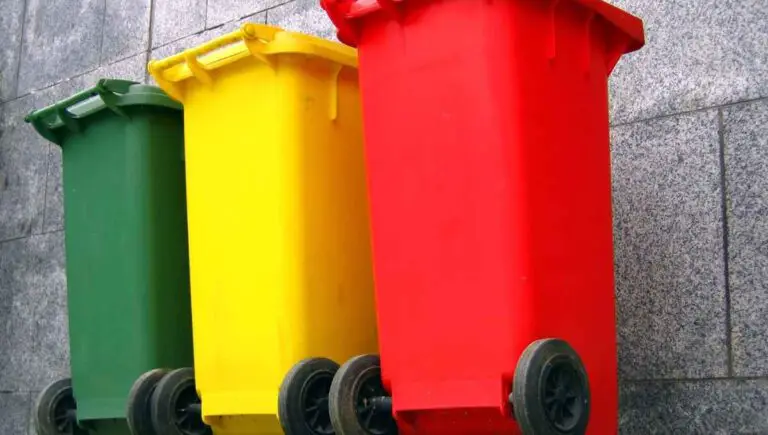Killing Mold With Vinegar in 5 Easy Steps

The common household vinegar is more than just an ingredient you can take out from your pantry. Vinegar has been used for several other purposes – one of which is killing mold and mildew. If you have a mold problem at home, killing mold with vinegar can solve this for you.
To kill mold with vinegar, pour white distilled vinegar directly onto the mold and let sit for about an hour before wiping it down. This method should only be done when you’re dealing with a minor mold problem. For bigger mold problems, call the professionals.
Mold growing inside your home can be a serious health hazard. Once you spot it, taking immediate steps to eliminate it prevents it from becoming bigger.
It helps if you know a thing or two about killing mold using items you already have at home, particularly vinegar. This article will explain just how to do just that.
Can You Kill Mold With Vinegar?
For generations, vinegar has been used as an effective and inexpensive household cleaner. Depending on the type of vinegar, this liquid contains acetic acid in its weak form. That said, vinegar is an acid, which works against most mold and other harmful microorganisms in different surfaces in your home.
But can the vinegar really kill mold? The short answer is yes. However, this will depend on certain factors such as how big of a mold problem you have, the type of vinegar used and the kind of surface you’ll be spraying vinegar on. Let’s discuss this in detail below.
Does Vinegar Kill Mold on Drywall?
Drywall is used as a faster way to construct walls and it’s made of a highly porous material. Because of this porous nature, it’s also a favorite place for mold to thrive.
Mold growth on drywall happens when there is high humidity in your home. Mold also grows on drywall with heavy condensation or water leaks, which tend to happen within the walls that you cannot see.
As mold feeds on drywall, they will release spores, which is dangerous to the health when inhaled or ingested.
While the most practical way of dealing with drywall mold is to cut away the affected area, it may not be a very good idea for some people. They may not want to cut off a part of their wall and have to do some DIY projects.
If that’s the case, vinegar might help – especially if you only have a small mold problem. We have mentioned in our previous article how bleach can also tackle fungus problems. But if mold thrives on porous surfaces, vinegar is a better alternative.
Keep in mind, though, that if the mold problem is persistent, call the professionals.
Does Vinegar Kill Black Mold?
There are over 100,000 mold and fungi species out there, and black mold is one of the most commonly found in homes. Fortunately, it can be removed, along with certain mold species, by spraying vinegar you have in your pantry.
Vinegar for Mold in the Shower
Mold can be pesky and it thrives best in areas rich in moisture, such as your shower. No matter how much you clean this area of your home, mold can show up, especially during cooler months. Once it’s there, it will keep showing up unless you deal with the problem by its roots.
Bathroom surfaces, particularly tiles in the shower or around the tub are excellent places for mold to thrive. Heat and moisture are both present in those areas and those elements support the growth of mold.
The good thing is that you can easily remove mold from your shower using vinegar. You can use it with vinegar alone or in conjunction with other chemicals, such as hydrogen peroxide and baking soda. We will discuss these combinations in the next section.
Killing Mold With Vinegar and Hydrogen Peroxide
Hydrogen peroxide mixed with vinegar can be a highly effective job in killing mold spores, especially if this is used against porous materials. This solution makes it a better option than using bleach, which releases harmful fumes and does not penetrate porous surfaces.
Peroxide and vinegar, on the other hand, attacks the mold roots so they won’t come back again. To use mold with vinegar, the thing to remember is to never mix them together. If you want stronger action, they should be used separately.

Start by spraying vinegar to the affected area and let sit for an hour. After that, spray undiluted three percent hydrogen peroxide next and let it do its job for 15 minutes before wiping down the area.
Cleaning Mold With Vinegar and Baking Soda
One of the recommended solutions for tough mold problems is vinegar with baking soda. Baking soda is another multi-purpose home cleaning agent that helps remove black mold. The great thing about it is that it’s safe to use around kids and pets.
Not only does it act against mold but baking soda/vinegar solution can help absorb extra moisture, which is loved by mold. With this, you are preventing future mold growth.
What Type of Vinegar Should I Use to Kill Mold?
We’ve been discussing how vinegar has been effectively used against mold, especially on porous surfaces or how it’s better than bleach in some cases. However, you can’t just get vinegar from your pantry and start pouring it on affected areas.
For mold remediation to be effective, you have to know what vinegar kills mold. In this case, white vinegar or apple cider is an effective household cleaner to use. White vinegar contains 5% of acetic acid while cider vinegar contains 4%.

If you are looking for something much stronger, a cleaning vinegar would be the answer. It has 6% acetic acid content. Although there’s not much difference, it can be significantly more powerful than the other types of vinegar mentioned.
In general, using vinegar for mold is a smarter and safer choice than going for harsh cleaning chemicals. Another bonus is that it’s an environmental-friendly cleaner.
But while both types of vinegar have their place in the list of effective natural household cleaners, many experts agree that white distilled vinegar prevails. We will explain why in the next section.
Does White Vinegar Kill Mold?
White vinegar will kill mold – it’s one of the most popular methods of dealing with small mold problems at home. If you have to use vinegar, do use the white distilled one. While cleaning vinegar is better, distilled white is more readily available in your home.
Does Apple Cider Vinegar Kill Mold?
Many experts who have used vinegar to kill mold would recommend keeping apple cider vinegar out of the picture. Instead, apple cider vinegar belongs to the kitchen – as an ingredient for your dishes.
That’s not to say you can’t use it for mold though, because some people have had good results. If in case you need to deal with the mold problem on the spot and what you have is only apple cider vinegar, that could also work.
How Long Does It Take Vinegar to Kill Mold?
So does vinegar kill mold instantly? Not really. Vinegar may be an affordable, easily accessible and effective solution but it doesn’t produce instant results.
You may need to wait for an hour to kill the mold. That means, you need to allow the vinegar to sit before scrubbing away the mold.
However, this will depend on just how small or massive the problem is. It’s recommended to let vinegar do its action for at least 60 minutes before you start wiping or scrubbing.
Killing Mold With Vinegar Step by Step
Killing mold with vinegar is not a tedious process. If you follow simple steps, you will get great results. Below is a quick step-by-step guide on how to kill molds with vinegar.
Step One
Get your white distilled vinegar and pour into a spray bottle.
Step Two
Spray on to the affected areas, including porous surfaces.
Step Three
Let the liquid sit for 60 minutes.
Step Four
To help with scrubbing, spray baking soda-water solution to the area.
Step 5
Scrub the area and then rinse with warm water before drying.
Quick Tips for Mold Removal
Even though you’re dealing with a chemical as safe and natural as a vinegar, you will still need to put on protective gear. Put on gloves and a mask to avoid accidental inhalation and ingestion of mold.
When rinsing, always use warm water. You can also make spraying vinegar again as the final step. Allow it to dry to ensure that the mold will be killed.
Conclusion
If you spot mold growth anywhere in your home, there are different options to deal with it. But the quickest method that produces great results is by spraying with vinegar.
Vinegar is an ideal home cleaning agent that penetrates porous surfaces and tackles mold from the roots. Killing mold with vinegar in 5 easy steps is something anyone can do.
While vinegar may have helped homeowners in their fight against mold, do keep in mind that it is only recommended for small mold problems.
Otherwise, you may need to call the professionals. Do not attempt to remove massive mold problems all by yourself as this can be dangerous to your health.






